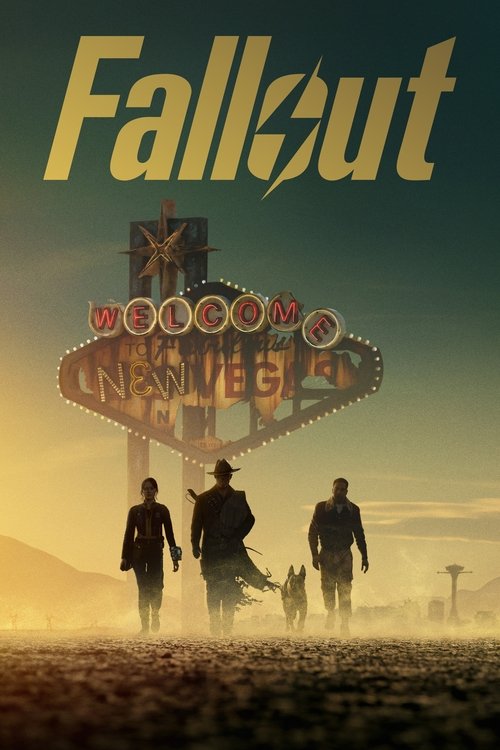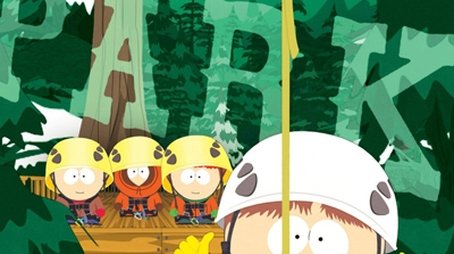
Sorry, we have not watched this yet.

Join Cartman, Kenny, Stan and Kyle as they hunt down the mythical Jewpacabra, ‘sketti wrestle with reality stars, and go jackin’ it in San Diego. For them, it's all part of growing up in South Park.
Sorry, we have not watched this yet.